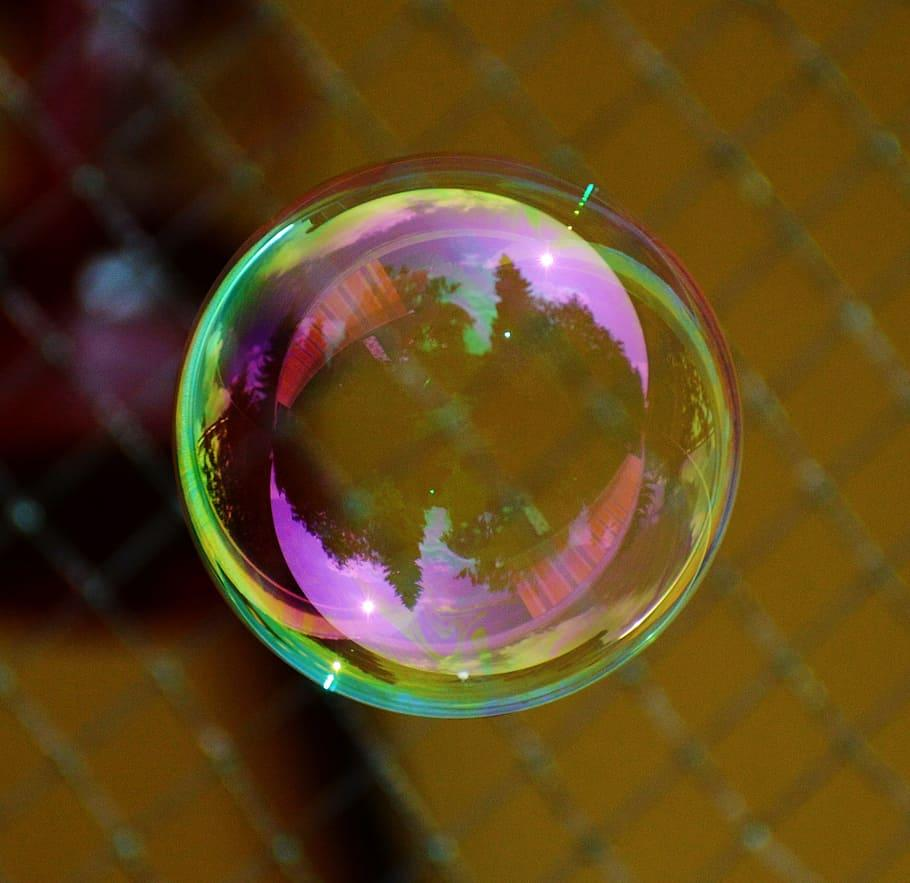Question
Question: What is the minimum thickness of a soap film needed for constructive interference in reflected light...
What is the minimum thickness of a soap film needed for constructive interference in reflected light, if the light incident on the film is 750nm ? Assume that the refractive index for the film is μ=1.33 .
Solution
Use the formula of the thickness of the soap film, substitute all the necessary parameters in this formula. Calculate the wavelength from the formula given and substitute it in it. The simplification of the result, provides minimum thickness.
Useful formula:
(1) The formula of the thickness of the soap film is given by
2t=(m+21)λ′
Where t is the thickness of the soap film, λ′ is the new wavelength in a medium.
(2) The new wavelength in a medium can be obtained as
λ′=μλ
Where λ is the wavelength of the light that incident on the soap film and μ is the refractive index of the film.
Complete step by step solution:
It is given that the
Wavelength of the light that falls on the soap film, λ=750nm

The refractive index of the film, μ=1.33
Using the formula of the thickness of the soap film.
2t=(m+21)λ′
Since the minimum thickness is to be calculated, the value of the m is assumed to be 0. Hence substituting the known values in the above equation, we get
t=4λ′ -------(1)
In order to find the wavelength of the new medium, the formula (2) is used.
λ′=μλ
Substituting the values,
λ′=1.33750×10−9 -------(2)
Substituting (2) in (1)
t=1.33×4750×10−9
t=141nm
Hence the minimum thickness of the soap film is obtained as 141nm .
Note: The soap water forms the soap bubble by the two layers of soap separated and surrounded by the air. This is formed mainly due to the surface tension of the water, the water has the ability to reduce its surface area as much as it can.
